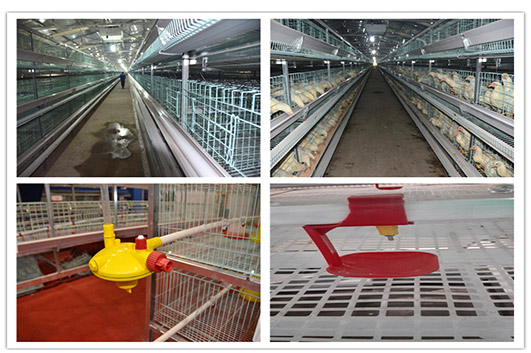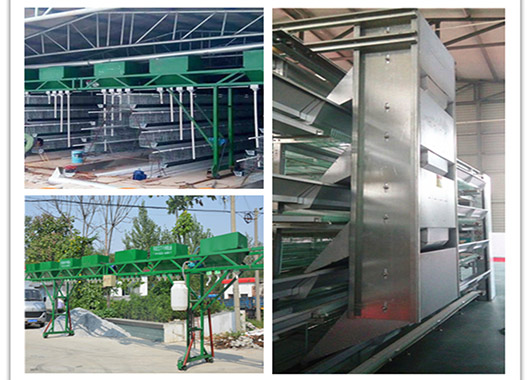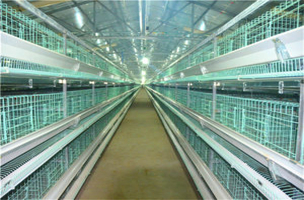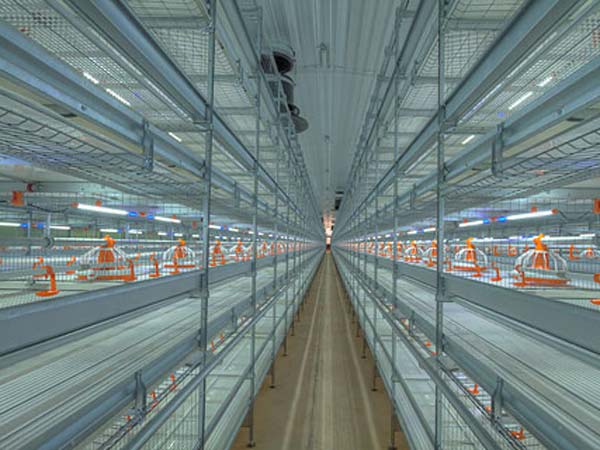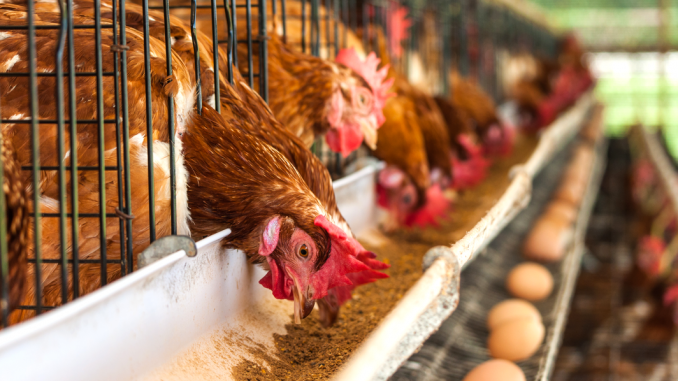How to maintain automatic egg laying equipment?
- Published in Chicken cages
Farmers want to carry out large-scale, intensive farming is inseparable from automatic poultry farming equipment, automatic egg chicken breeding equipment is a good helper for laying hens to complete chicken farming, now the chicken equipment is very mechanized The years that can be used are also very long, which requires the farmers to carry out regular maintenance and maintenance of the equipment.

1. Automatic feeding machine: When the feeding machine is used, the farmer must pay attention to it. The feeding machine can not put things on it. Otherwise, the motor may be subjected to excessive pressure and burn the motor. When using the feeding machine, it must be guaranteed. Chains and gears have a certain degree of lubrication. Otherwise, lack of lubrication will damage the machine. Farmers should pay attention to regular inspections. The feeders mainly transport the feed by the skin. Therefore, the farmers should check whether the belts are in good condition and the tightness is appropriate. The control box of the feeder will have a large amount of dust due to the dust generated by the feed. If it is long-term, the internal circuit will be short-circuited, and the farmer should clean it regularly.
2, automatic quail egg machine: farmers should pay attention to the correct operation method of the detailed learning equipment when using the automatic quail egg machine, if it is used improperly, it will easily cause damage to the equipment. When using the quail egg machine, be sure to pay attention to the often Disinfection, because the equipment will inevitably leave some chicken droppings, chicken feathers and other things with germs. If you always use equipment that carries germs and does not clean frequently, the quality of the eggs will drop.
3. Automatic cleaning machine: After using the cleaning machine for a period of time in poultry farm cage, the farmers will have the phenomenon of prolonging and prolonging the loosening of the soil. If there is any phenomenon, the farmers should cut off a section and re-weld. The farmers should check regularly. Bearings and rubber rollers, the bearings should be regularly added with butter, and the rubber rollers should be kept tight and not loose. In addition, many farmers have the opportunity to clear the dung, and the farmers will flatten the waste belt at the passive roller. That's it.


